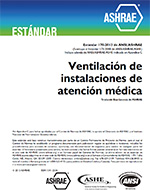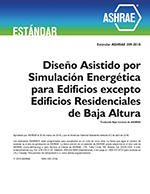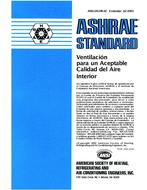Description
Multi-unit residential buildings (MURBs) are an important source of housing in many urban regions including Toronto,Canada, where MURBs provide over half of the city’s housing. Many of these MURBs were constructed following the secondworld war (Touchie et al. 2013) and are in need of renewal to address energy performance and indoor environmental quality (IEQ)concerns. The Toronto Atmospheric Fund (TAF), a nonprofit corporation whose mandate is to reduce greenhouse gas emissionsin the City of Toronto, and a local social housing provider have partnered to improve the performance of seven post-war MURBsthrough retrofits. To help prioritize retrofit options and assess IEQ, a monitoring program including pre-retrofit resident surveysand in-suite monitoring was implemented. The resident surveys included questions about basic demographics, resident behavior,and perceptions about IEQ. To supplement the surveys, temperature, relative humidity, and mean radiant temperature were monitoredfor one year in 65 suites. This paper examines the findings from both the in-suite monitoring and the resident surveys todetermine the IEQ issues that should be addressed during the retrofit process. The analysis presented focuses on the summertimecondition, which is of particular concern given the vulnerable populations housed in these buildings and the lack of central coolingfacilities. The findings suggest that an air temperature threshold may be insufficient to ensure thermal comfort given the rangeof survey responses associated with the observed suite temperatures. Based on the data collected, it was not possible to explainthe differences between the survey responses related to thermal comfort and the monitored conditions. Factors such as air speed,exposure to solar gains, and resident perceptions may contribute to these differences. The paper concludes with a discussionof some insights from the comparison between the survey and monitoring data and how they best can be used to inform the designof future retrofits and monitoring programs./p>
Citation: Thermal Performance of Exterior Envelopes of Whole Buildings XIII, Conference Papers
Product Details
- Published:
- 2016
- Number of Pages:
- 17
- Units of Measure:
- Dual
- File Size:
- 1 file , 19 MB
- Product Code(s):
- D-BldgConf16-13




